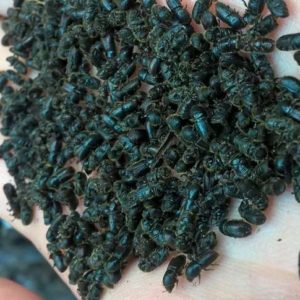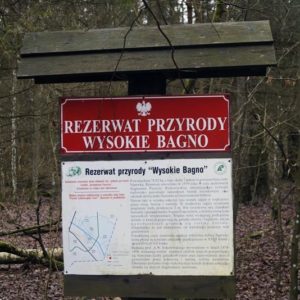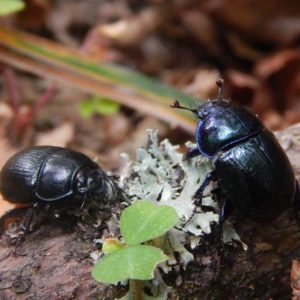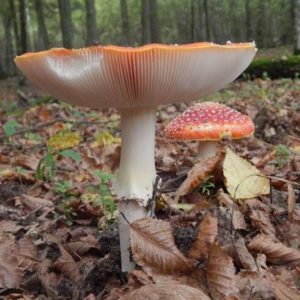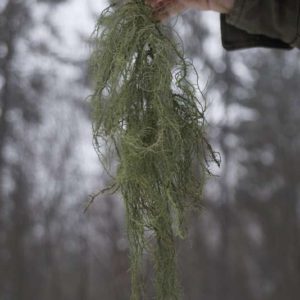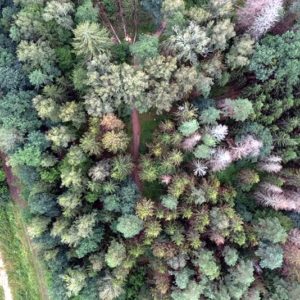Forest Protection
Forest conservation has always belonged to priorities of the forest management. The forest is understood as a forest ecosystem. This means, in particular, that conservation objectives concern not only trees, but also a biotope and a whole biocenosis, that is all components forming the forest, including trees, soil, litter, ground cover, understory, fauna, flora, and other components.
The forest due to its unique and complex nature deserves a special protection. To maintain the trees in a required sanitary and health condition at the level not threatening forest continuity, verified methods of forest conservation are implemented in accordance with the Forest Protection Instruction. By using their knowledge about processes occurring in nature and monitoring of the forest environment, foresters can diagnose early possible hazards that may have an adverse effect on the forest condition. Each year, they initiate actions aiming at maintaining the forest continuity and to improve its natural resistance to harmful agents. Forest continuity is threatened by various phenomena that may be classified in three main groups according to their nature. They may be biotic factors (herbivore mammals, pest insects, pathogenic fungi), abiotic factors (strong winds, heavy rainfall, snow), as well as anthropogenic factors (fires, air, water and soil pollution).
In Białowieża Forest the largest hazard are outbreaks of the European spruce bark beetle recurring every few years. In recent years outbreaks of that insect destroyed several thousand hectares of forest in Białowieża Forest.
The fire prevention in the forest is based on an efficient and effective system for quick fire detection, alarming relevant emergency services and management of extinguishing operation.



